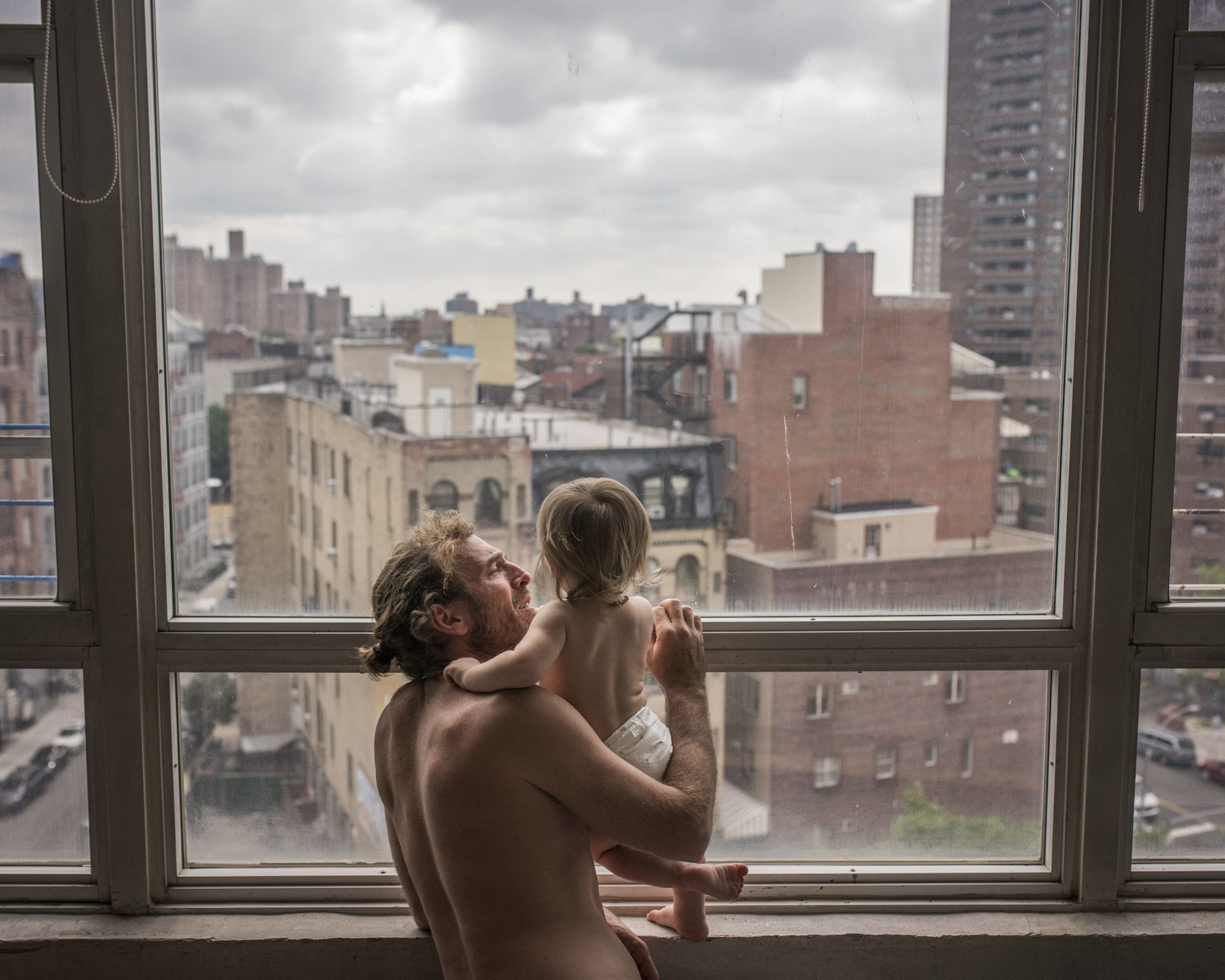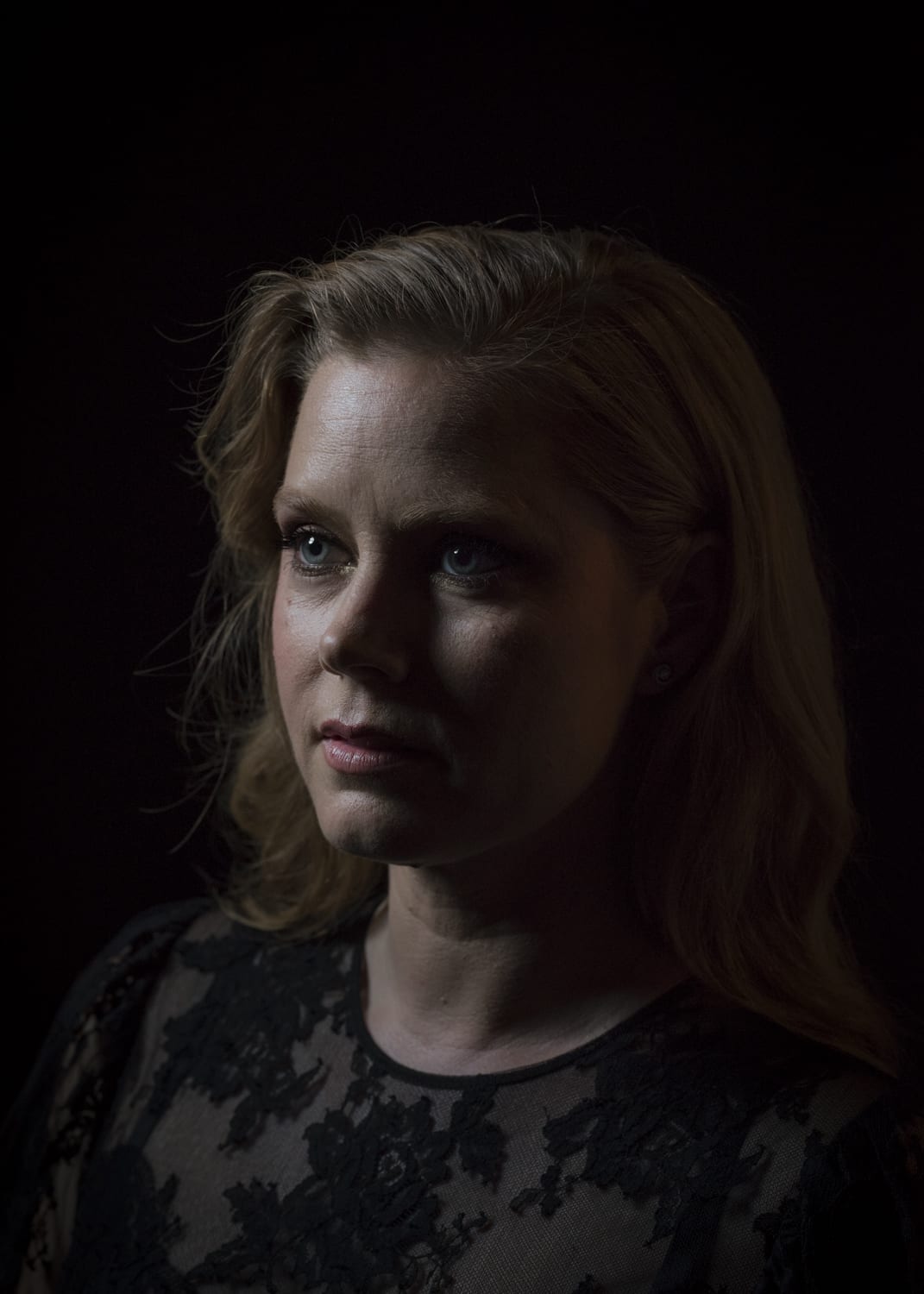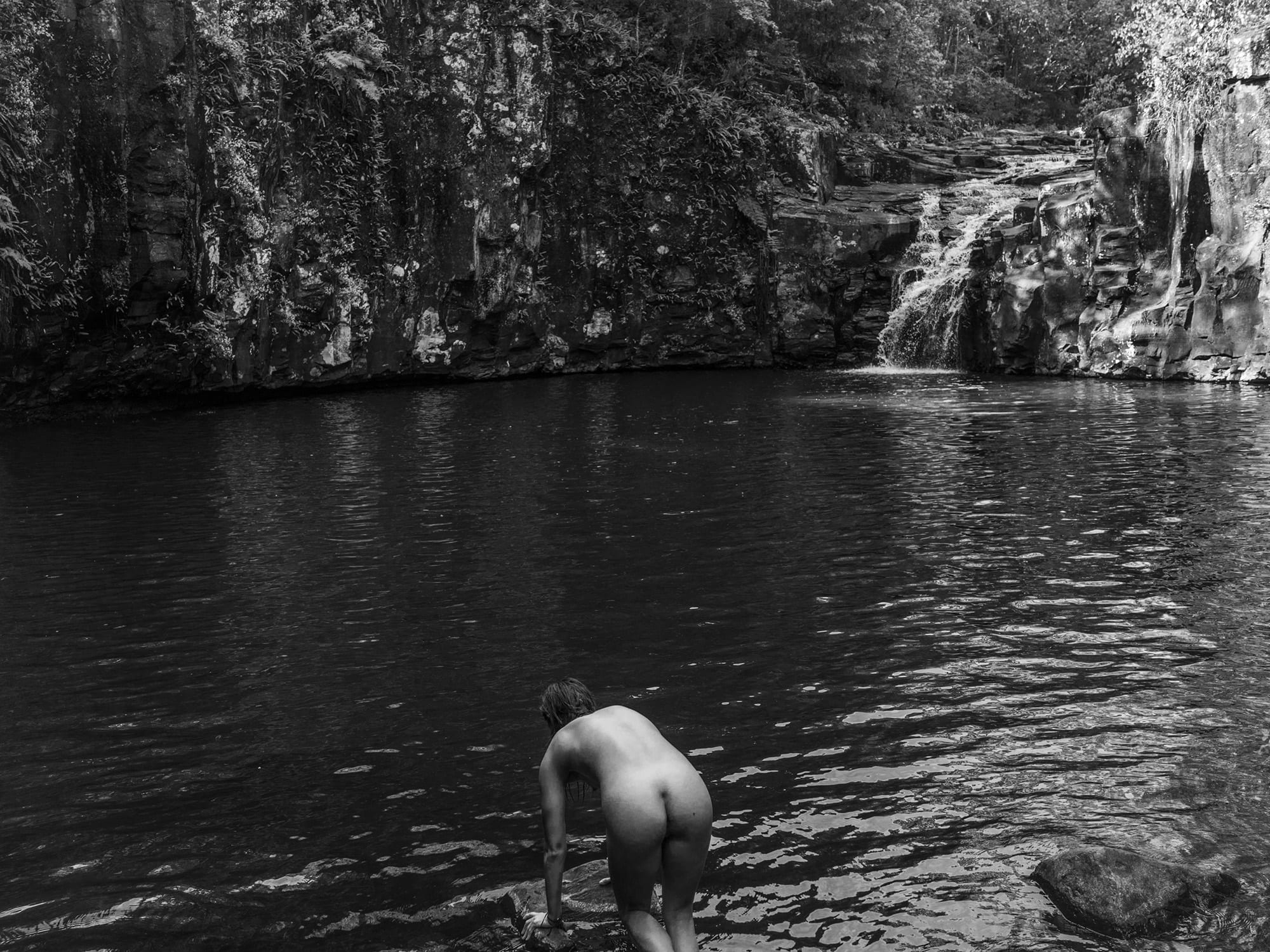The emergence of image-led social media has opened up a whole new realm of display for photographers. Unlike in a gallery or print publication, photographic work published on these platforms reaches a much larger audience. But, in the absence of a curator or editor, photographers are tasked with making a selection of their own work and the choice of how to organise and caption their images is entirely up to them.
With the recent launch of Cinnac, a Tinder-style app allowing photographers to rate one another’s photographs before posting on social media, British Journal of Photography spoke to three different practitioners about the processes and motives behind their social media presence.
London-based photographer Maisie Cousins, renowned for her visceral shots of subject matter that is simultaneously beautiful and grotesque, began sharing her work with the internet aged just 15. Since then, Cousins has gone from success to success, with features in Petra Collins’ Babe, Charlotte Jansen’s photo book Girl on Girl, and a recent solo show at TJ Boulting Gallery.

Photojournalist Adam Ferguson first gained recognition in 2009 for a long-term survey of the US-led war in Afghanistan. Three years later he joined Instagram, posting personal work and commissions for a range of clients, including TIME Magazine, The New York Times and Human Rights Watch. Ferguson is currently also working on two monographs: a war diary of his time in Afghanistan and a critique of contemporary regional Australian identity.

At what point in your career did you start using image-led social media and how did you approach it – was it a case of experimenting with what worked, or did you begin with a clear vision of how you would present your work?
Mark Power: I was pushed, pressed, and pummelled towards using Instagram by my daughter Chilli. She kept telling me how much I’d enjoy it, but to me it just seemed like a total waste of time. Of course, in the end, I reluctantly gave in, but only after Chilli offered to manage the account.
Another reason I’d always shied away from Instagram was because I use an extremely high-end camera in my work and I knew this inherent quality would be lost if the picture was viewed on a tiny screen. But in hindsight it’s been interesting to see which pictures work, for me at least, without relying on technical quality. I know I’m guilty of over-obsessing about this sometimes, so it’s good to get back to basics and recognise other, more fundamental reasons why a picture works, or not.

Adam Ferguson: I started using Instagram in 2012. Initially it was an intuitive play, I would post photos from my downtime – personal moments at home or images from assignments that didn’t relate specifically to the subject I was assigned to photograph. I didn’t have a clear vision, it was mostly reactive and free.

MP: Chilli was right of course. I’ve grown to love Instagram and between us we make sure I post at least one picture every day. I also use social media to draw attention to any books I might publish. In particular I’ve been posting regularly from my long-term, on-going project Good Morning America. Instead of keeping the work close to my chest, I’ve been very open with it, showing all the best pictures. It’s also a way of keeping those who are interested in my work up to date with what I’m currently doing.
Chilli manages the images from my archive. There’s 35 years of work to get through. It’s a way of bringing back to life work that would otherwise be resigned to history at best, or a box under my bed at worst.
MC: I post a lot less of my actual physical self.
AF: I think my process has become more deliberate and I have aligned social media with my professional vision and goals. Instagram has become a platform for me to increase the audience that sees my work. When a commission is used or published I post about it and I think clients expect that these days. It’s also an opportunity to post outtakes, which allows me to have a voice beyond the decisions a client makes about an edit.

MP: When I post work-in-progress, I’m using Instagram to try out pictures for myself. In any case, I don’t really understand what gets some pictures more ‘likes’ than others.
Originally I thought that posts needed to be simple, bold, perhaps even graphic in nature to ‘do well’. But my most popular picture ever (below), which I posted during a recent trip to the Rustbelt, is complex. Then again, yesterday, I posted something from the same trip which I really thought would do well because of its simplicity and direct political content, but it’s really struggled to gain those little hearts. So what do I know?

With things like Instagram I just post when I feel like it, whenever I’ve made something. It’s more of a scrapbook. It’s like picture vomiting.
AF: It’s liberating to be self determining when it comes to edits and curating your work through social media. It enables a photographer to have a higher degree of autonomy and increase their authorship. Using social media challenges me to discover my own voice and execute it independently.
What I post influences the type of work I am commissioned to produce, allowing me to steer my own career more so than I could have previously.
I try to be intuitive and true to the integrity of my work and vision. I think being authentic is the only currency a storyteller has, so I try to let that come through in my posts.

MP: Take Instagram seriously, certainly, and think about what you post, but don’t imagine you’re going to build a career on the back of it. And please don’t stop looking at books or visiting exhibitions or attending lectures. There are more ways to see good photography than on a tiny screen.
MC: It’s essentially your gallery without paying heaps of printing costs. Try not to compare yourself to others. It may look like everyone is being really productive and successful, but, like you, they are probably all just endlessly scrolling and sobbing on Instagram in bed,so don’t be hard on yourself.
AF: Use it as a diary, as a way to develop and be yourself. Post the pictures you want to be paid to create.
Curating social media is a highly personal process, offering a space for photographers to discover and develop their own visual voice. From showcasing new work to reviving photographs from one’s archive, these platforms provide a place for creative experimentation. Cinnac offers a unique opportunity to select the best of your work before posting it on social media. Try out the app for free now.

